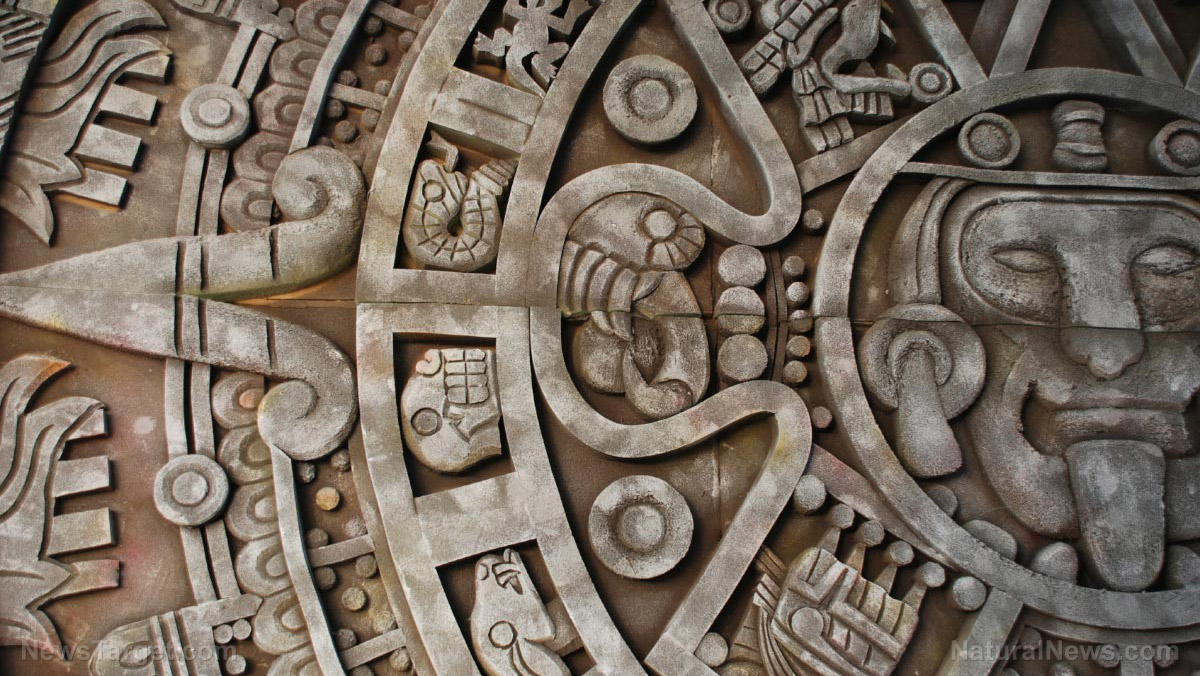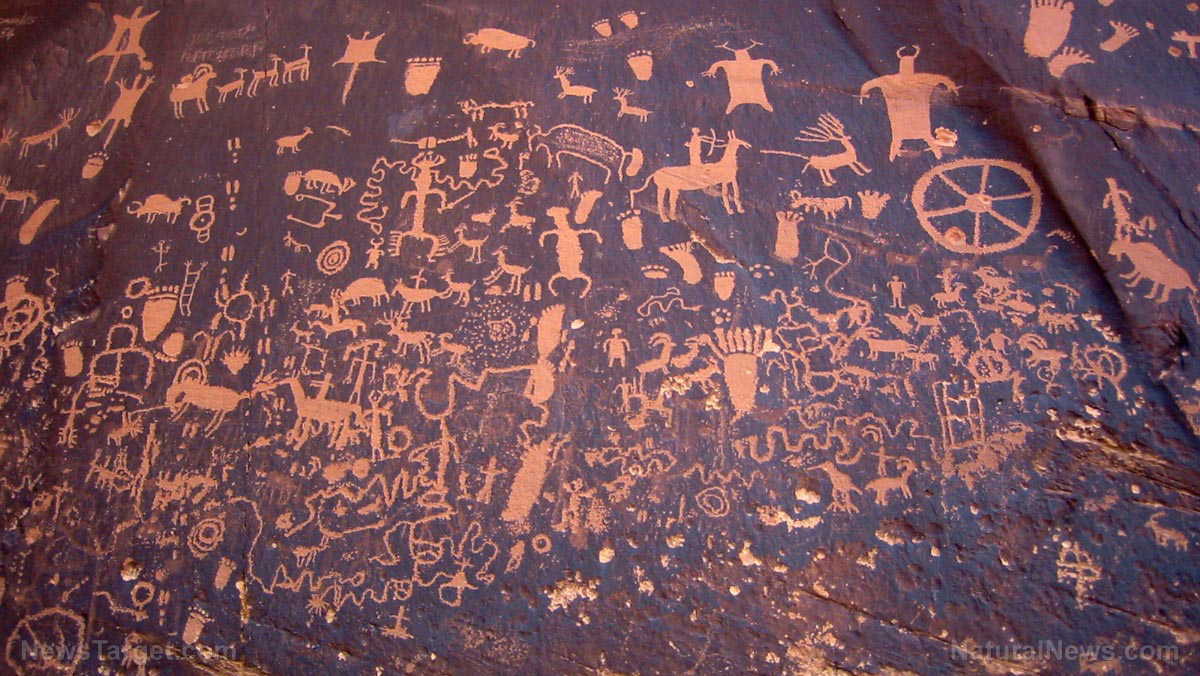Archaeologists unearth 2 trophy SKULLS in Belize jungles: Macabre artifacts will be used to study the collapse of the Maya civilization
12/22/2019 / By Grace Olson

The Maya civilization was one of the most powerful and scientifically advanced empires of the ancient world. However, by the end of the ninth century, the busy streets of its great stone cities were abandoned, signaling its collapse — an event that, since the 19th century, has intrigued and confused scholars. A recent discovery in the jungles of Belize however, may offer a clue to this long-standing mystery.
A team of researchers from the U.S., Denmark, Belize and Canada found two skulls in an ancient Maya warrior’s tomb at the ancient Maya city of Pacbitun. According to the researchers, who published their findings in the journal Latin American Antiquity, the two macabre artifacts could offer some interesting insights into the events that may have led to the Maya civilization’s demise.
According to the research team, the painted human skulls were war trophies meant to be worn around the neck as pendants — grim and macabre symbols of military might and prowess similar to other artifacts found in other dig sites throughout the region. The researchers say they arrived at this conclusion after noticing that both skulls are similar to traditional depictions of trophies worn by soldiers in stone carvings and on painted ceramic vessels from other Maya sites such as those in Honduras and Mexico.
After closely examining the remains of the warrior and the skulls, the researchers say they determined that the warrior was a local from the North. However, they found that the trophy skulls buried with him belonged to individuals who grew up in the empire’s Southern regions. Based on these findings, the researchers said, they were able to formulate a theory that may help explain the Maya’s collapse.
During the eighth and ninth centuries, there was a shift in political power in the Maya civilization. According to the researchers, while the leaders from the Southern cities were the ones who traditionally held power — that situation changed, the moment Northern rulers gained access to cacao.
While it is currently more known as the plant where chocolate comes from, cacao was a key ingredient in Maya rituals, and thus, was a symbol of influence and power among the elites. According to the researchers, the establishment of cacao trade in the North may have rocked the spheres of influence largely controlled by the established rulers from the South of the Yucatan Peninsula.
This, researchers believed, potentially led to a power struggle between the two regions, which then led to violent clashes and battles between the peoples. Proof of these clashes, according to LiveScience, are Light Detection and Ranging (LiDAR) survey images which found evidence that some southern lowland cities quickly constructed fortresses. According to the researchers, this indicated that violence and warfare between the north and the south could have partly contributed to the end of this Mesoamerican empire.
Previous research on the Maya civilization theorized that a drought and the depletion of resources around the city may have heralded its collapse. However, the possibility of warfare gives an added dimension to the end of one of the most advanced and richest civilizations of the ancient world. (Related: How the Ancient Maya civilization cultivated organic crops using herbal medicine to combat pests.)
Learn about other amazing discoveries that slowly brings the ancient world closer to the future at Artifacts.news.
Sources include:
Submit a correction >>
Tagged Under:
Ancient civilizations, ancient history, ancient world, Archaeology, artifacts, Collapse, decapitation, history, Maya civilization, Mayan warrior, political conflict, political warfare, real history, scientific discovery, skull trophies, trophy skulls, violence
This article may contain statements that reflect the opinion of the author
RECENT NEWS & ARTICLES
COPYRIGHT © 2017 RESEARCH NEWS




















